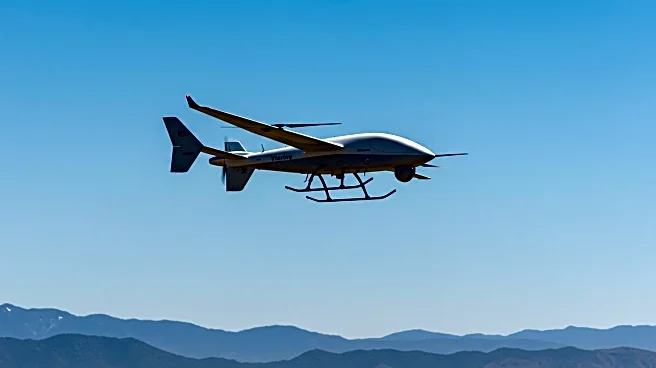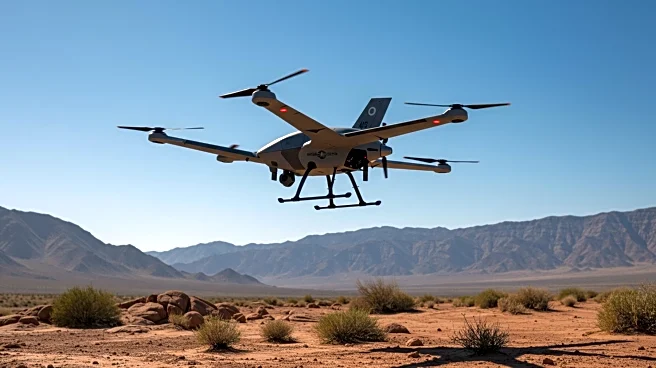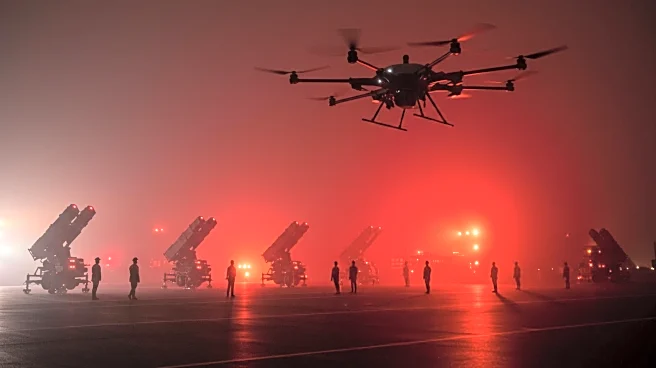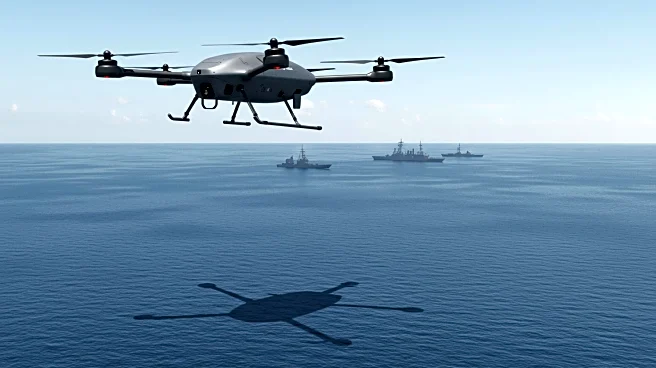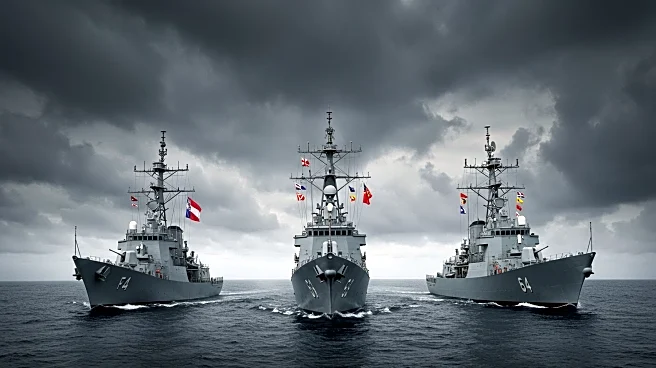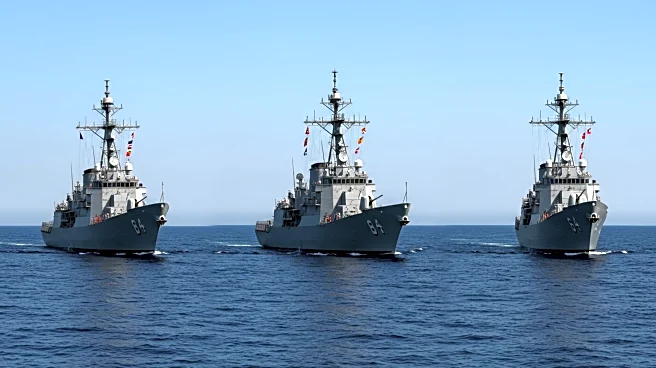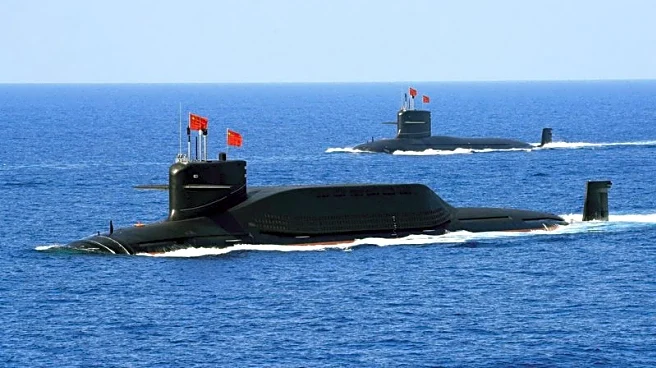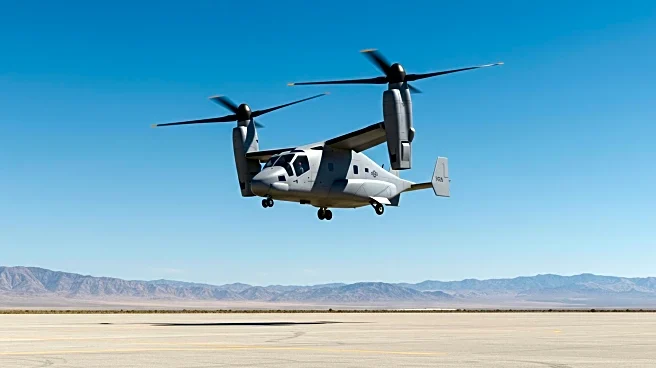What's Happening?
A new image from China reveals a tailless unmanned air vehicle (UAV) with a high aspect ratio, suggesting a design optimized for extreme altitude flights. This UAV, tentatively labeled WZ-X, resembles the USA's secretive Northrop Grumman RQ-180, known for missions involving intelligence, surveillance, reconnaissance, electronic warfare, and communications relay. The emergence of this UAV highlights China's focus on integrating sensor platforms with units capable of conducting kinetic strikes, emphasizing the strategic value of survivable high-flying platforms. The provenance of the image remains uncertain, typical of material appearing on Chinese social media.
Why It's Important?
The appearance of a new high-altitude UAV in China underscores the ongoing technological competition in military aviation between major global powers. The resemblance to the US RQ-180 suggests potential advancements in China's UAV capabilities, which could impact regional security dynamics, particularly in areas like the South China Sea. The development of such UAVs may enhance China's ability to conduct surveillance and reconnaissance missions, posing challenges to US and allied forces. This technological progression could lead to shifts in military strategies and defense policies, influencing geopolitical stability.
What's Next?
As China continues to develop advanced UAV technologies, there may be increased scrutiny and strategic responses from the US and its allies. The potential deployment of these UAVs in sensitive regions could lead to heightened military tensions and necessitate diplomatic engagements. Future military parades and demonstrations may showcase China's growing UAV capabilities, prompting discussions on arms control and technological proliferation. The US may accelerate its own UAV development programs to maintain a competitive edge.
Beyond the Headlines
The rise of advanced UAVs raises ethical and legal questions regarding their use in surveillance and combat operations. The implications for privacy and international law may become more pronounced as UAVs play a larger role in military strategies. The cultural perception of UAVs, particularly in regions affected by their operations, could influence public opinion and policy debates. Long-term shifts in military doctrine may prioritize unmanned systems, altering traditional concepts of warfare.
